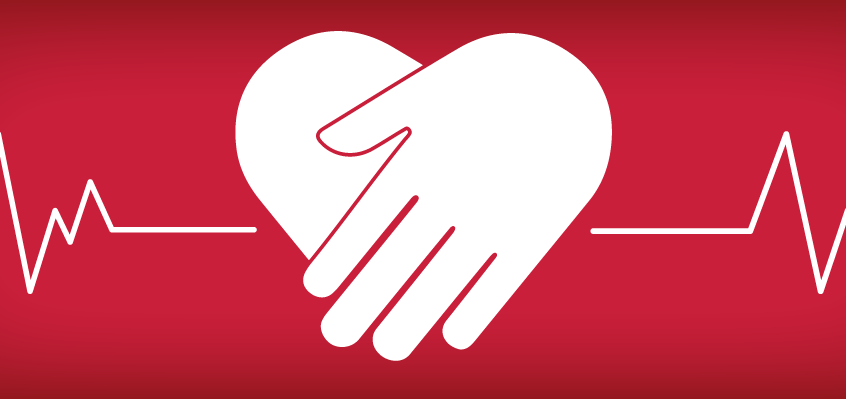
In many emergencies, CPR is a lifesaving technique. CPR is required when there’s a breathing issue or if a person is not breathing at all. A person might need Cardiopulmonary Resuscitation (CPR) if they stop breathing in some the situations like
- Choking
- Cardiac arrest or heart attack
- Suffocation
- Smoke inhalation
- Poisoning
- Road traffic accident
- Near-drowning
- Drug or alcohol overdose
- Electrocution
- Suspected sudden infant death syndrome
When to perform CPR?
For Adults: When not breathing at all
For Children: When not breathing normally
When CPR is needed?
If the adults or the child is not responding or answering to the verbal or physical calling.
If someone’s breathing has been stopped, CPR is needed. It helps to continue to pump the blood and reach oxygen to the brain and lungs.
In the emergency, even if you are not trained to provide CPR, at least your attempt can save someone’s life.
American Heart Association advises the CPR performers based on their training and experience:
For the untrained: Even if you are not trained at all, you can give rescue breath or hands-only CPR. 100-120 uninterrupted chest compressions in a minute can be equally effective. If that works, rescue breathing is also not needed.
For the trained: If you are confident about your training, you should check the pulse and breathing first. If there’s no breathing or pulse within 10 seconds, you can start with chest compressions. Before giving 2 rescue breaths, make sure to start the CPR with 30 chest compressions.
For the trained but not confident: Even after receiving the training, if you are not completely confident in your abilities, you can perform 100-120 a minute chest compressions.
The above-mentioned processes are not applicable for newborns or infants up to 4 weeks old.
Guidelines before starting the CPR:
- Check if the environment is safe for the person
- Check if the person is conscious or unconscious
- Check if the person is responding to your verbal or physical calls
- If not, you should start performing the CPR process
if you are interested to know about live saving technique its really relevant and all details can be found at critical care technology course details for which the course contains all the details of it.
Don’t forget to spell C-A-B
To remember the order of performing CPR in steps, remembering C-A-B is important.
C stands for Compression which helps to restore blood flow
A stands for Airway for opening the airways
B stands for Breathing for the person
Steps of Giving CPR (For Adults):
- Form an initial impression, check the scene for safety, and use personal protective equipment (PPE)
- Using shout-tap-shout, check for responsiveness, breathing, life-threatening bleeding or other life-threatening conditions
- If the person does not respond and is not breathing or only gasping, place the person on their back on a firm, flat surface
- Give 30 chest compressions
- Hand position: Two hands centered on the chest
- Body position: Shoulders directly over hands; elbows locked
- Depth: At least 2 inches
- Rate: 100 to 120 per minute
Allow the chest to return to normal position after each compression
5. Give 2 breaths
- Using the head-tilt/chin-lift technique, open the airway to a past-neutral position
- Try to make the chest rise by ensuring each breath lasts about 1 second and allow air to exit before giving the next breath
Note: If the 1st breath is unable to raise the chest, retilt the head and ensure a proper seal before giving the 2nd breath. If the 2nd breath does not make the chest rise then an object may be blocking the airway
6. Continue giving sets of 30 chest compressions and 2 breaths. Use an AED as soon as one is available!
Steps of giving CPR on a baby 4 weeks old or older:
- By touching the baby, try to understand its response
- Do not shake the baby
- Place the baby on its back and open the airways
- Check for breathing by placing your ears near the mouth of the baby
- Keep monitoring the baby
This life-saving first-aid procedure can significantly improve the chance of survival of a person. The steps may vary depending on the age of the person.
Content By : Brainware University





